The State of the World’s Plants, a gift from the Kew Gardens

In mid-May, NASA announced the discovery of 1,284 new planets, thanks to the Kepler space telescope. Quite a lot... The globalization seems to make the Earth small and small, but the known Universe grows fast.
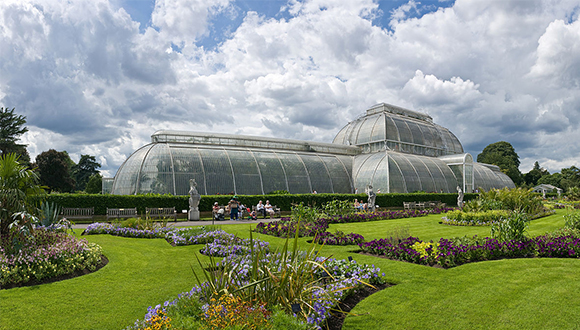
And knowledge grows also in our shrinking planet. The Kew Royal Botanical Gardens just gives us now a wonderful document, State of the World's Plants. It treats on what we know about plants, the threats they suffer and the trade and regulations affecting them. And the Kew promises us that this report will become a resource that we will have, updated, every year from now on.
The first thing that stands out the report is that 21% of all plants are threatened with extinction, according to the criteria of the IUCN Red List, a figure quite considerable. The second is that the number of known species of vascular plants is 391,000, of which 369,000 are spermatophyte, plants that produce seeds; the rest are ferns and club-mosses. And there are also non-vascular plants as algae and bryophytes. Brazil, Australia and China are the countries where the number of discoveries of new species has been highest in recent years. The vascular plants’ richest country is Brazil, with 32,109, and the report devotes a special attention to it. In 2015, 2,034 new species have been discovered (only a few more than planets in May 2016...). Among them, there is Drosera magnifica, that reach 1.5 m high, from Minas Gerais, and a leguminous tree, from the Gabon rainforest, that can be 45 m high and reach a diameter of 1.4 m and weigh about 105 tons, Gilbertiodendron ebo. Another legume (a succulent species) from Namibia, Oberholzeria etendekaensis, is a new genus, but seems to have a population of only 30 individuals.
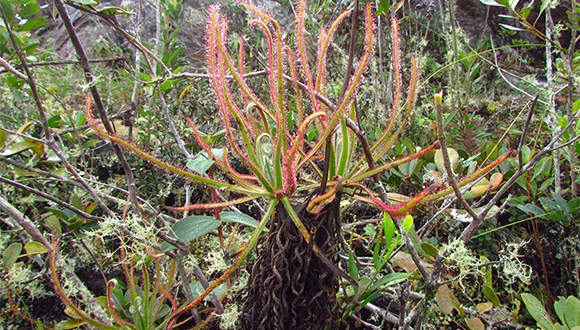
Remarkably, new species include more than 90 Begonia new species (from Southeast Asia, 15 of them found in Sumatra), 18 Ipomoea and 15 Allium. Nepenthes barcelonae is a new carnivorous vine hazy from the misty forest of the Sierra Madre in Luzon (barcelonae does not honor the city but Julie F. Barcelona, one of the three people who discovered the plant, a Philippine botanist 44 years old, professor at the University of Canterbury in Christchurch, New Zealand, that began studying ferns and then the genus of parasitic flowering plants Rafflesia —one of them, R. arnoldii, give the largest flowers known— and who now leads a major project on the flora of the Philippines). Some of the new species discovered in 2015 that have been described from herbarium specimens are believed to be already extinct, because their natural habitat has been destroyed.
After the report, the complete genome of 139 species of plants has been sequenced. This is less than 0.1% of the total, although from many more partial sequences exist. Progress in this field is very fast and we can expect it to contribute to a much better understanding of plant phylogeny in the near future.
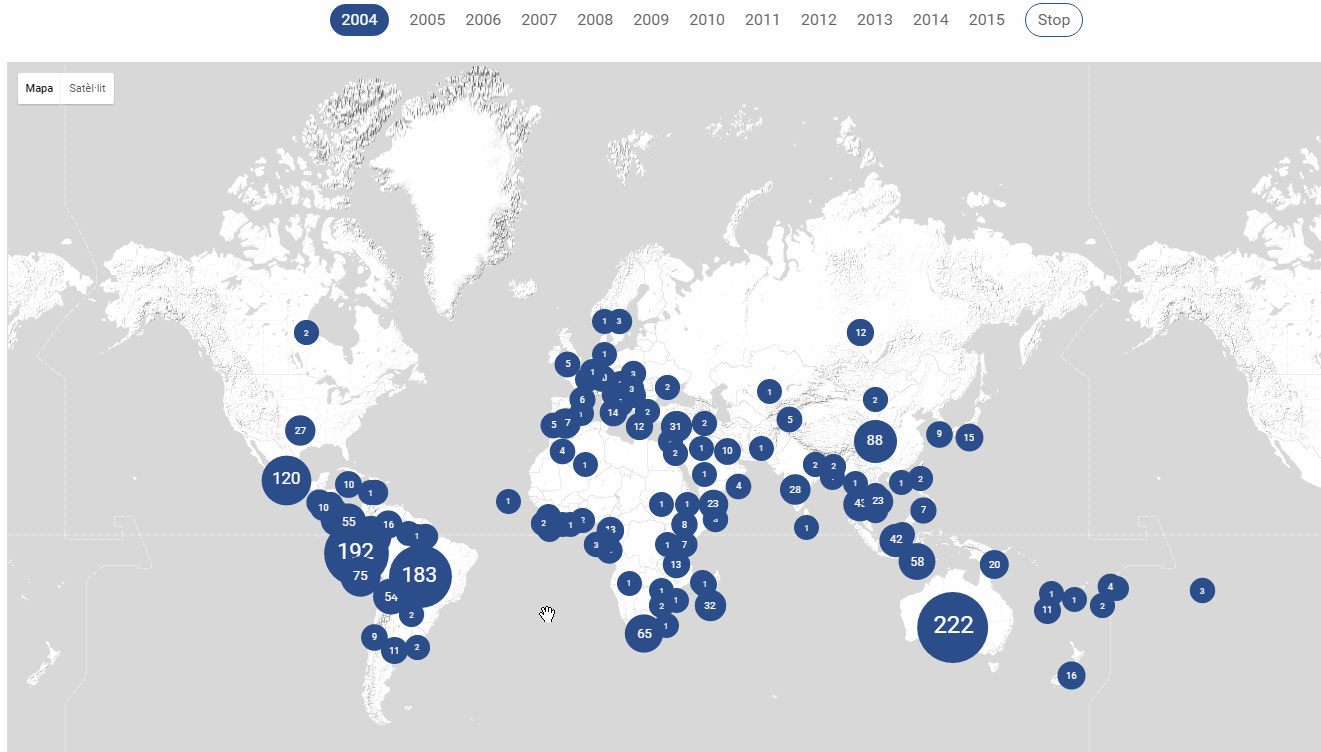
The report identifies a total of 1,771 areas of global interest, very few of which are under protection. Of the 14 major biomes in the world, 10 have shown a decrease in production between 2000 and 2013. Climate change may be one of the factors behind this decline and the high extinction risk: more than 10% of species are sensitive to that change. A world map shows the distribution of sensitivity to climate change. Our country is considered relatively not vulnerable in this regard (this could be controversial). Crop changes will occur, and some areas are mentioned due to their particular problems, such as Sub-Saharan Africa. A total of 4,979 species have been recognized as invasive. The report contains many interesting facts and there is no doubt that its annual publication will become a reference.
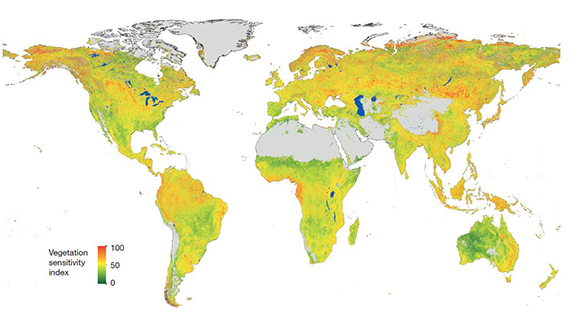
The Kew Royal Botanical Gardens gives us an example of the role of scientific institutions working on a global scale and serving the global society. CREAF himself has this ambition, as you can see if you review the research on our website. But we must not forget that the data offered by the report are the product of the work of many small-scale research, the work of a large number of naturalists exploring territories and improving collections and lab technologies to understand the evolutionary processes that have generated the species richness and the vast field of profits we get from plants. The greatest recognition usually obtained by papers that exploit large databases might not deprive from recognition the local works that serve to build these large databases.
Another Kew’s lesson is the commitment to report the risks that land use or climate changes or the globalization in the transport of biological materials posed on the nature richness, a richness that gives us so many resources and so many learning opportunities. Finally, I would like to emphasize the quality of the report’s presentation, that is beautiful and educational.
Related news
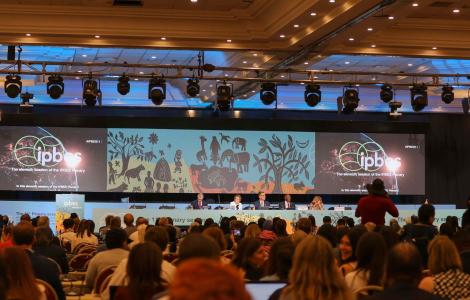
IPBES publishes two reports to transform the way we engage with nature, conserve it and survive




